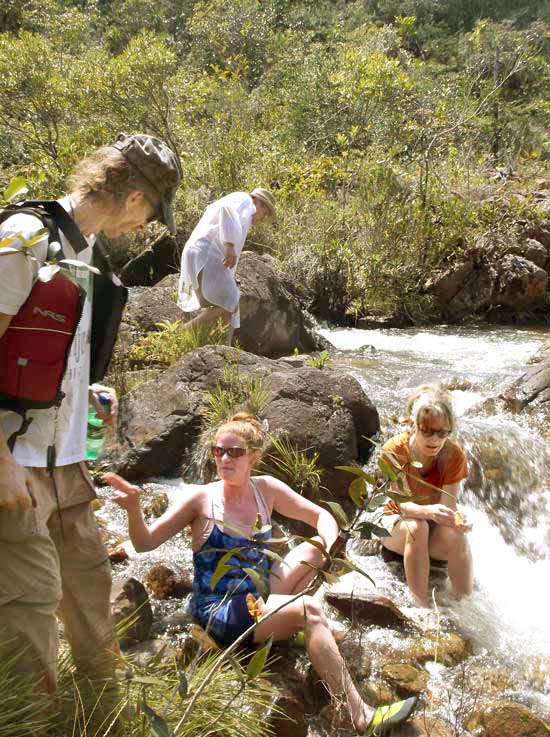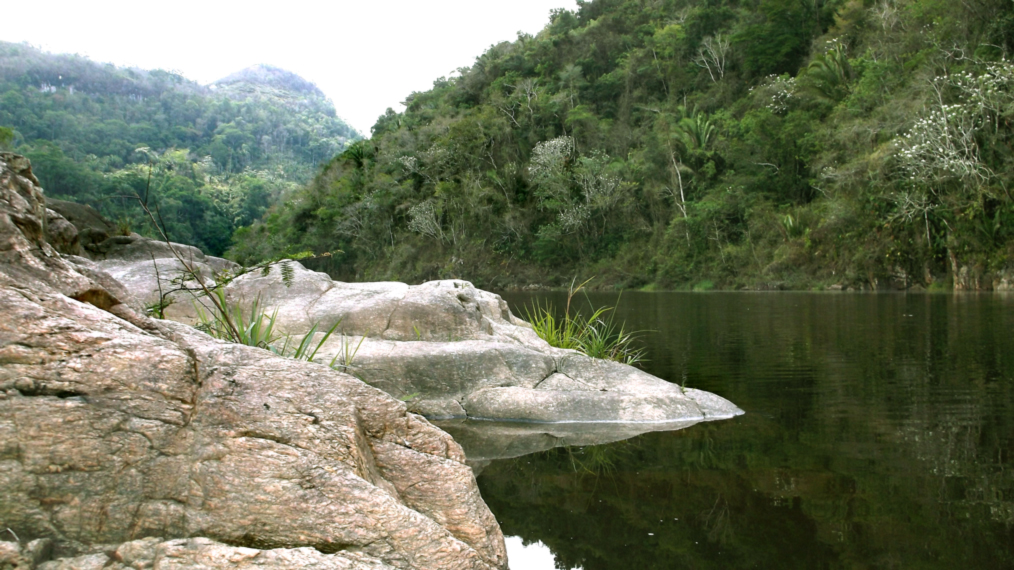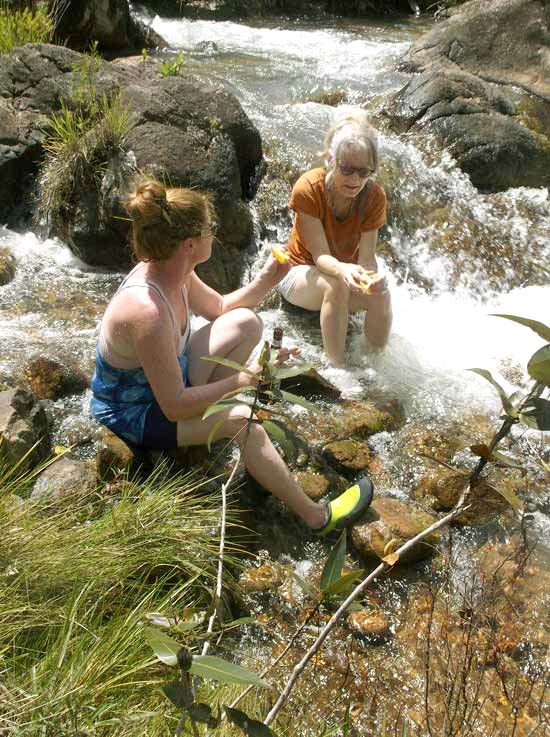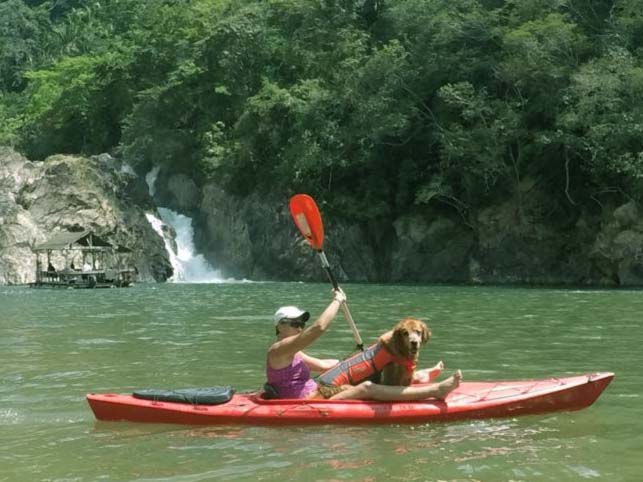
Spending time down on the water below BIB is a favorite pastime for many BIBers. It’s a great way to get out and enjoy a beautiful day, get some exercise walking down to and back up from the water, make a photo expedition, go swimming, grow your pecs with some power-paddling, get a tan, exercise your dog/s, experience wildlife, zone out, have a picnic, or do whatever else you might enjoy along the banks of the lake. The kayaking or canoeing itself may be your reason for going, or it might just be your transportation to a spot along the bank that you want to explore or enjoy. It’s up to you.

As Sue Waite says, “I just think kayaking is about the best way to see the jungle – from the tall cliffs to the delicate orchids, then, after paddling in the hot sun to jump into the refreshing water.”
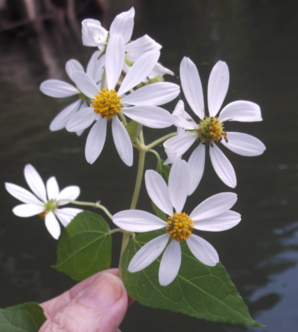
A note of caution, though: People tend to leave their watercraft tied up or chained to a tree next to the water. During the dry season this works fine, but the rainy season poses a problem. You can lose your kayak or canoe during a flood if you haven’t taken into account how high the waters might rise after a torrential or prolonged period of rain.
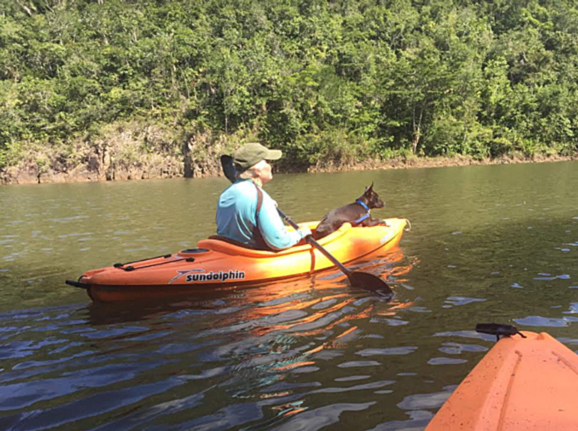
Last winter, chained kayaks were underwater for quite some time, and several kayaks broke loose and were found by Robert Melendez, owner of Jungle Splash Eco Tours, washed ashore down by the dam. He brought them back up to the landing for residents to reclaim, but they could just as easily have gone over the dam or sunk if punctured by a tree limb.
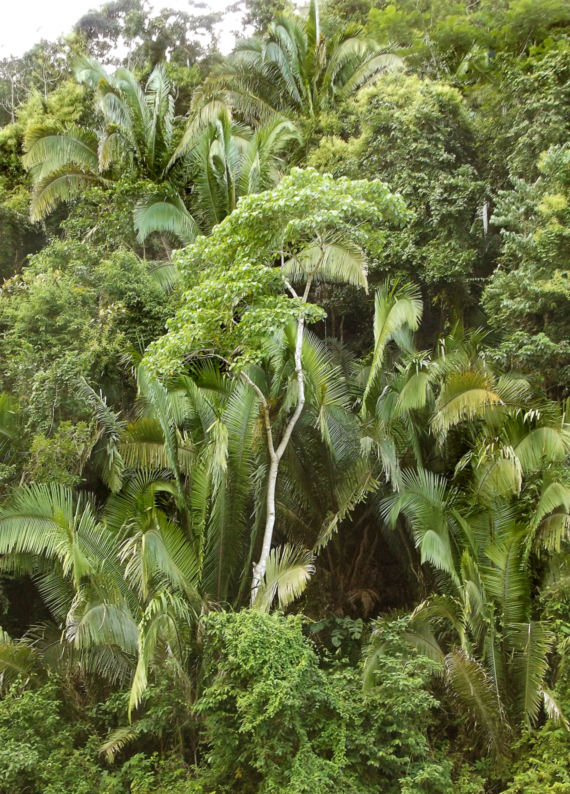
It’s safer to fasten your kayak high up on the bank, or even up in the flat picnic area above the landing so that an unexpected thunderstorm won’t carry it away and/or damage it.
Some amazing sightings have been made from the water, including tapirs, roosting bats, green iguanas, crocodiles, agoutis, and even flocks of brilliant red macaws. Don’t miss out on the fun – it’s a wonderful way to spend the day.
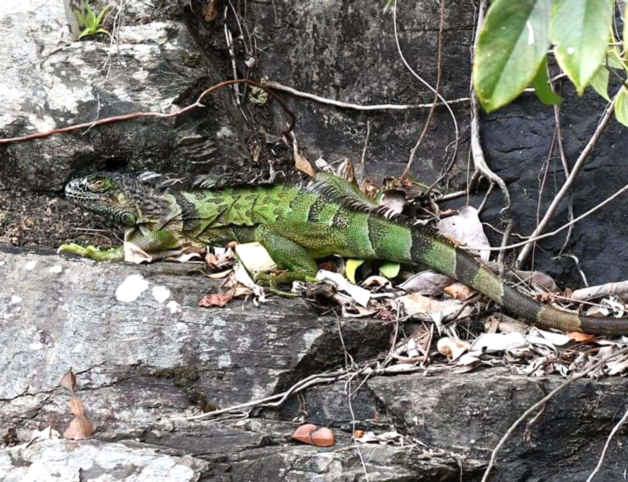
By the way, you may know that “vaca” is Spanish for “cow.” However, local lore has it that the use of the word vaca in Vaca Lake refers to the vaca de monte, or “mountain cow,” which we know as the tapir.
So that’s actually Tapir Lake. At least one BIBer has a video of a tapir swimming on Vaca Lake, so keep your eyes peeled. Tapir tracks have been seen as far up our hill as Jim Hagen’s Casa Santa Maria B&B.
Here are some scenes from a summer day’s picnic along the banks of Vaca Lake.
